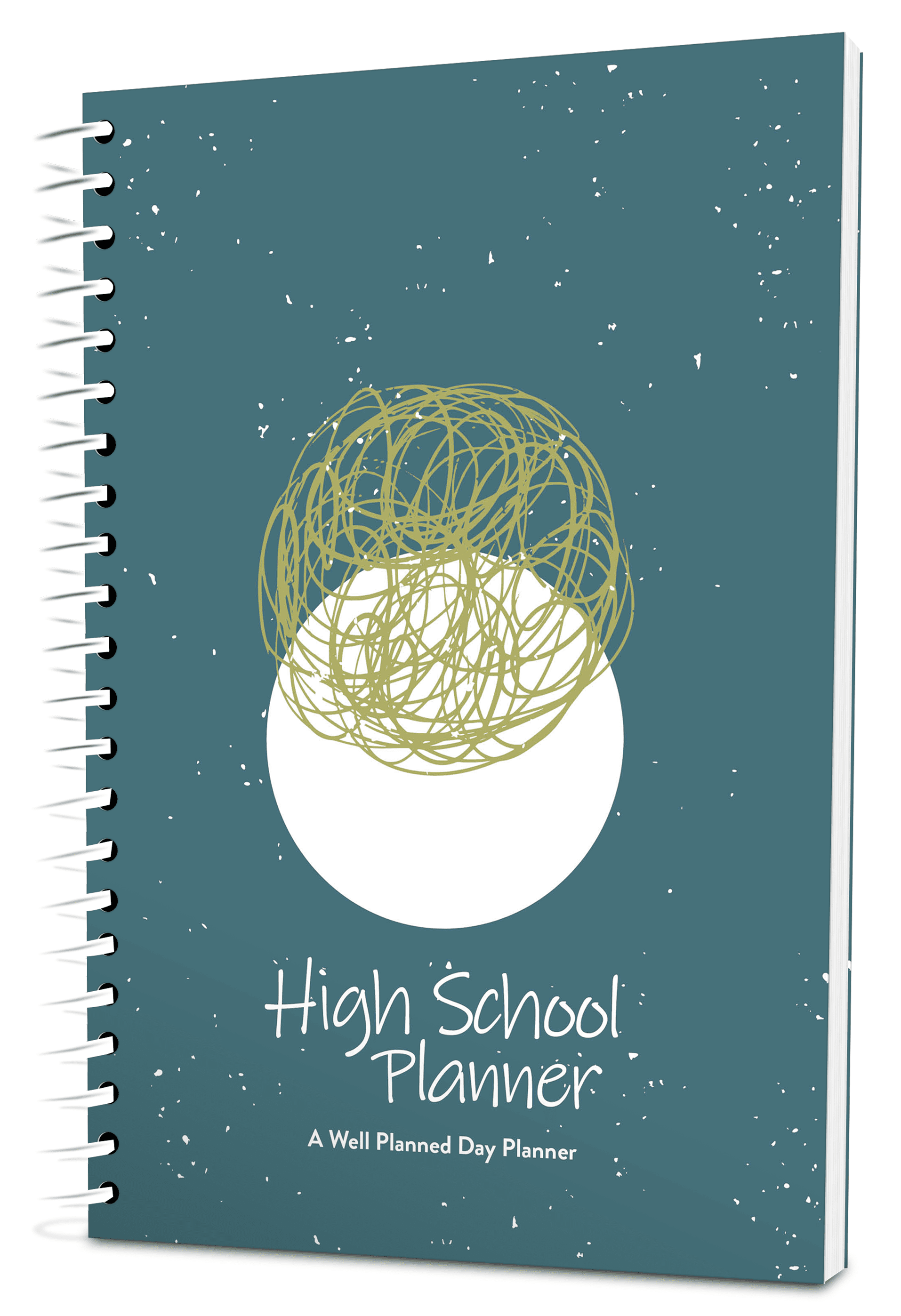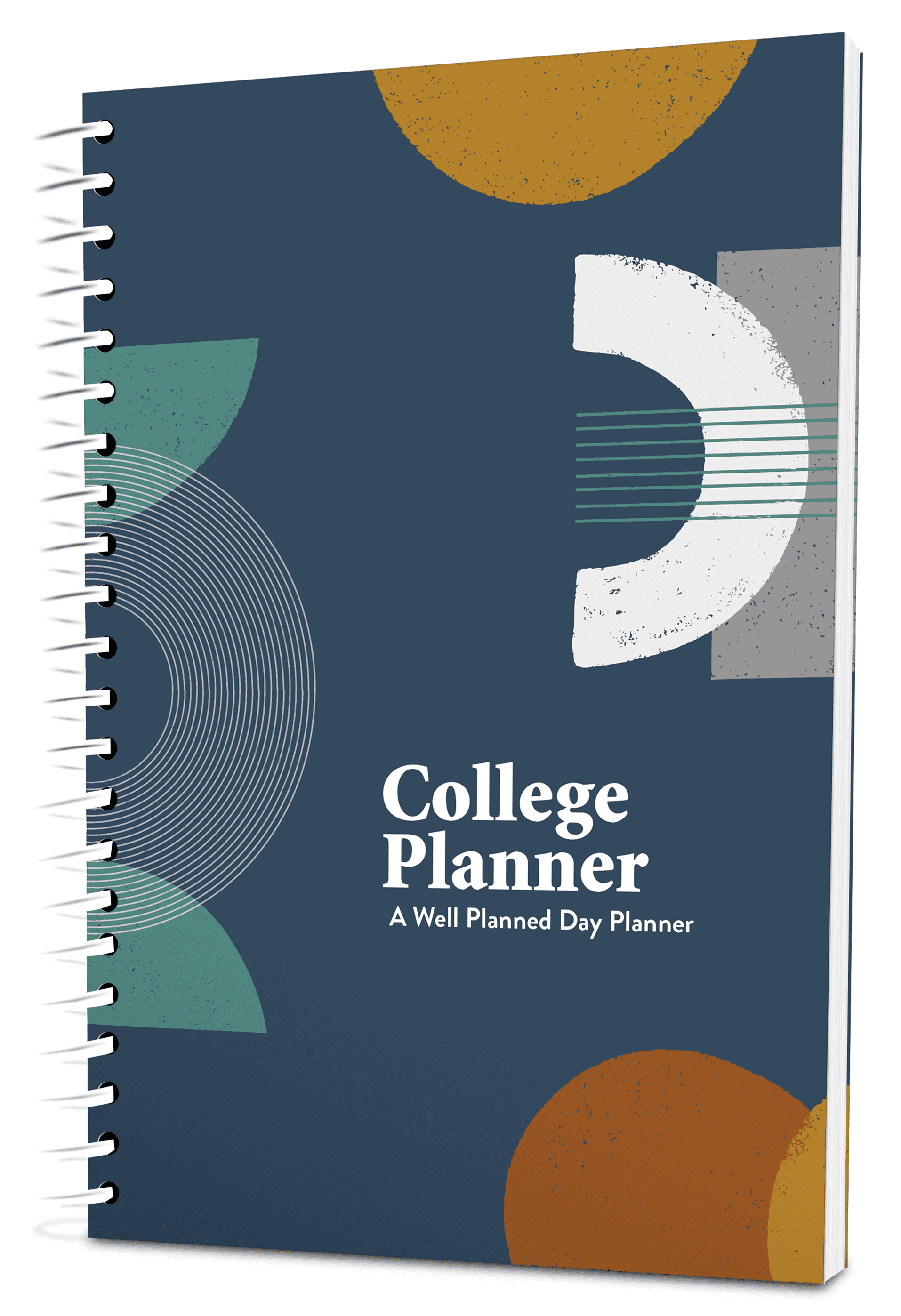Shown above: Well Planned Day Original Homeschool Planner
Anyone who’s been tackling homeschool planning diligently for any length of time will know this truth: plans rarely end up perfectly matching reality. The trick is learning how to balance expectations and reality so you can learn how to plan well for each homeschool year.
Admittedly, even the best plans will require flexibility and adjustment throughout the year. But, the more you know how to minimize the gap between high expectations and reality, the less frustrating those adjustments will be.
Balance Expectations by Making Realistic Choices
The best way to balance expectations with reality actually fits hand in hand with creating benchmarks. This starts with setting realistic goals and making good resource choices.
Setting realistic goals can be a challenge when you approach it from the typical “where do you see yourself” perspective. It’s easy to have lofty, big dream goals, and those lofty goals can lead to poor curriculum and resource choices.
It’s much better to learn how to set realistic goals for your year so you can choose solid resources and then break those goals down into benchmarks.
Once you have those goals in place, though, and are ready to start laying out your year, the greatest way to balance expectations with a realistic picture of the year is by being very intentional with your benchmarks.
Here are some tips to help you make realistic choices:
Set Limits on Your Resource Choices
There are so many amazing resources available to homeschoolers these days, and it can be incredibly hard to narrow them down and make limited choices. But, if we’re going to balance expectations with reality, we have to make hard choices about resources.
Make sure you have a solid approach to each subject. Also remember that language arts, especially in the early learning and elementary years, will take up a disproportionate amount of school time because of its many components. But also be careful to not add too many components, no matter how important a curriculum or resource claims to be.
One way to accomplish all of this is to set placeholder benchmarks based on what your student needs to learn in the coming year. These may not be specifically related to your curriculum, but they will help you focus on the resources you need to match those benchmarks rather than going overboard just because resources look good or fun.
It also might be a good idea to work backwards a little bit, first considering how much time you’ll be able to devote to a subject, then choosing resources based on what will fit into that time.
Once you have your resources chosen, you can then make your benchmarks more specific, fitting with the actual lesson structure of your curriculum.
Focus on the Core Subjects First
As you create benchmarks for the year, make sure to set your priorities well by focusing on the core essentials first, then adding electives (even the electives you consider to be essential) afterwards.
For the Starting Out years (preschool through first grade), the core subjects will be limited to math and phonics. For older grades, you’ll include math, language arts, history, and science (although history and science will continue to be limited through third or fourth grade).
This doesn’t mean that you can’t include electives and extracurricular activities. But, it can be easy to make lists of all sorts of things you want to do only to find that you don’t leave yourself time for the essentials. It’s much easier to balance expectations with reality if you protect these core subjects as being your utmost priority, laying them out before you fill in the extra spaces with the extra subjects and activities.
Keep the Big Picture in Mind with “Extras”
Whether you’re dealing with electives (remember, this includes anything beyond the core four, even if it seems to be essential), extracurricular activities, or group involvement, be sure to look at it all together instead of evaluating each one individually.
If you have a year that is heavy on extracurricular activities, go light on electives courses and vice versa. If you are involved in a co-op, enrichment group, homeschool association, academy, or some other homeschool group, hold off on planning a lot of field trips or extracurriculars until you see what group involvement is going to require.
Remember that, when it comes to some of these extras, it’s not hard to add them in later, and that can actually help breathe some new life into the homeschool year. But, if will be discouraging and frustrating to have to drop these more enjoyable things because of lack of time.
We’ll all hit bumps in the road during the homeschool year that will cause the well-laid plan to be thwarted by the reality of life. That’s inevitable. But, when we start the school year by being careful to balance expectations with a realistic picture of daily life, we’ll be much more likely to see the plan to the end and finish the school year strong.












